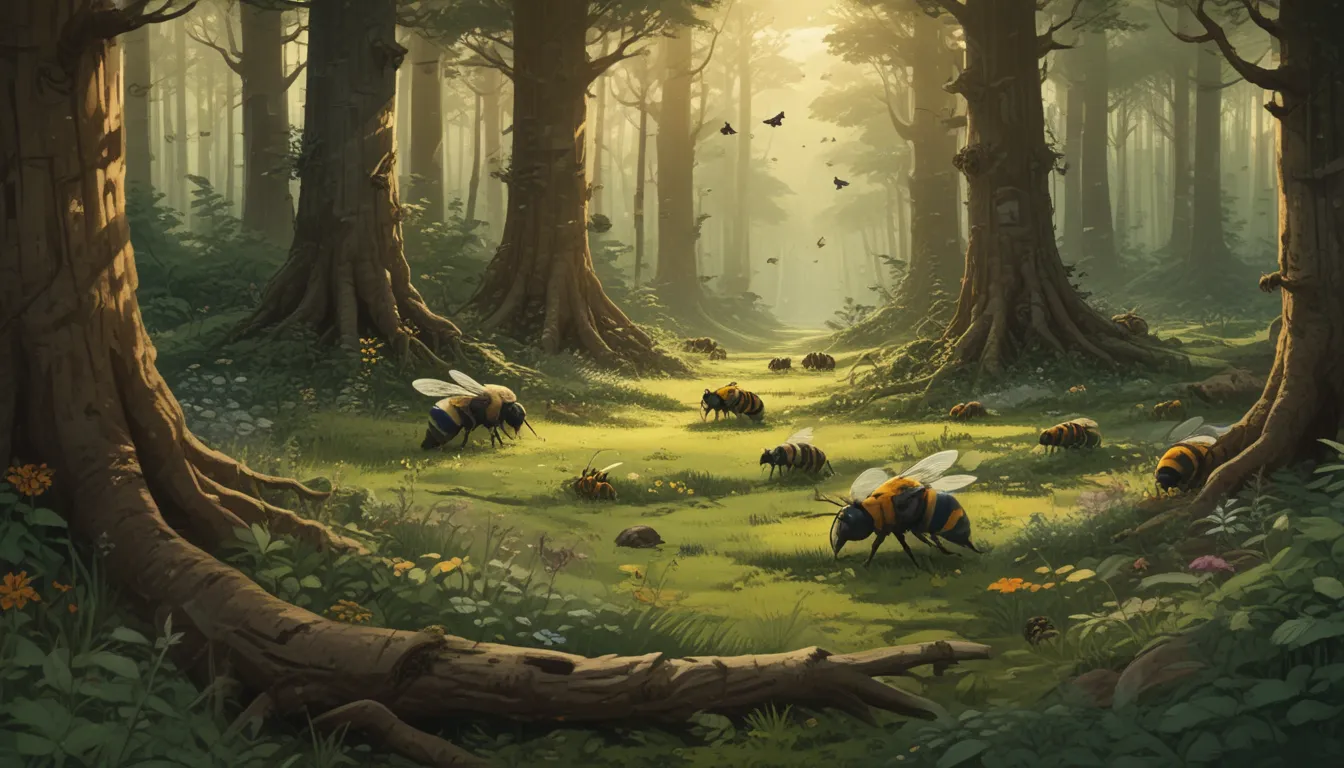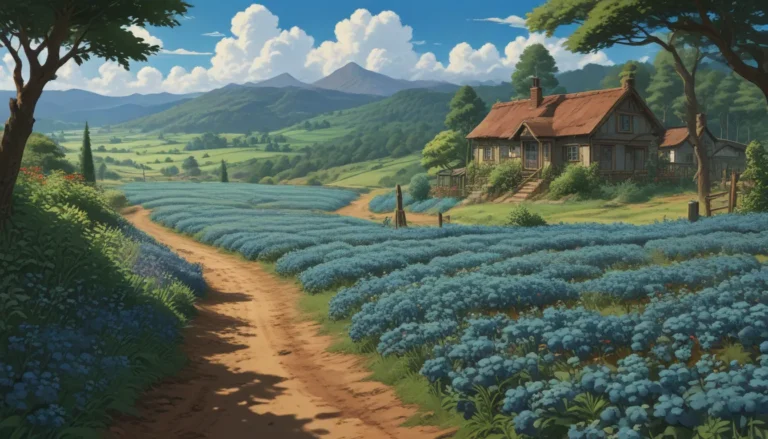Identifying Ground & Wood Nesting Bees: A Comprehensive Guide

Are you intrigued by the various types of bees buzzing around your garden? Do you find yourself struggling to differentiate between these winged visitors or worrying that they might be setting up their homes in your living space?
While these fascinating creatures all share a common goal of collecting pollen as they flit from flower to flower, it’s essential to understand the distinctions between different bee species.
Some bees, like carpenter bees, have a habit of creating nests in wooden structures, which can lead to structural damage. However, don’t mistake them for bumblebees, who are generally harmless unless provoked.
By taking the time to learn about these buzzing pollinators, you can appreciate their significance in pollinating crops, flowers, and trees, while also protecting the native species that contribute to our ecosystems.
Let’s delve deeper into the world of ground and wood nesting bees to better understand these essential pollinators:
Exploring Native North American Bees
With more than 4,000 species of native North American bees, these industrious insects play a crucial role in pollination. Unlike honeybees introduced by European settlers, most native bee species are solitary by nature, nesting underground without producing honey. Despite their solitary habits, these bees are vital pollinators for a wide range of plants, including native species like blueberries, cranberries, squash, and tomatoes.
As native bees navigate from bloom to bloom, they collect pollen to feed their larvae. The nectar they sip fuels their high-energy lifestyle, while the pollen they gather serves as a protein-rich food source for their offspring. Each bee species has unique adaptations, such as creating “pollen pants” by covering their legs in pollen or storing pollen loaves for their eggs.
While these bees have a short lifespan, typically lasting only one season to complete their life cycle of mating, nesting, and laying eggs, their impact on flowering plants is profound.
Commonly Confused Backyard Bee Species
Bumblebees (Bombus)
Bumblebees are among the most recognizable bee species in North America, with approximately 50 species calling this continent home. These social insects form colonies with a single queen and a team of worker bees. While male drones are stingless, female workers and queens can deliver a painful sting if threatened.
Nesting close to the ground, bumblebees establish colonies in abandoned rodent burrows or open spaces covered with vegetation. The queen initially constructs wax pots filled with honey for sustenance before laying her first brood of eggs. The colony grows rapidly over the summer, with new queens mating before seeking shelter for the winter.
Despite their social nature, native bumblebee species face significant threats, with many at risk of extinction. Therefore, it’s crucial to protect their nests and habitats whenever possible.
Carpenters (Xylocopa)
Carpenter bees, with seven species in North America, are often confused with bumblebees due to their similar appearance. However, a closer look at their abdomens reveals the key difference: carpenter bees have bare abdomens, while bumblebees are covered in dense hair.
Solitary in nature, female carpenter bees do all the work of nest construction, from creating entrance holes in bare wood to laying eggs on a mixture of pollen and nectar. These bees play a crucial role in pollination, despite their reputation for burrowing into wooden structures.
By understanding the subtle distinctions between carpenter bees and other bee species, you can appreciate their unique contributions to our ecosystems.
Borer, Ground, and Miners (Agapostemon, Andrena, Colletes, Halictus, Lasioglossum)
Ground-nesting bees from various families in the order Hymenoptera, such as Agapostemon, Andrena, Colletes, Halictus, and Lasioglossum, contribute to pollination while nesting in dry soil. These solitary bees exhibit a range of physical characteristics, from metallic bodies to hairy abdomens, and play a crucial role in supporting plant diversity.
Creating nests characterized by conical mounds or circular entrances, these ground-nesting bees exhibit non-aggressive behavior, with only females possessing the ability to sting. By observing their nesting habits and unique adaptations, you can appreciate the role these bees play in our environment.
Natural Predators of Bees
While bees are essential pollinators, they also face threats from natural predators, including birds, insects, and mammals. Predatory birds like bee-eaters and woodpeckers, along with insects such as crab spiders and dragonflies, contribute to maintaining bee populations in balance.
By understanding the natural enemies of bees, you can appreciate the complex web of interactions that govern these pollinators’ survival in the wild.
Conclusion: Buzzing with Knowledge
As you navigate your backyard and encounter various bee species, armed with this newfound knowledge, you can distinguish between potential pests and beneficial pollinators. Remember, carpenter bees have bare abdomens, bumblebees are hairy, and ground nesters aren’t the same bees burrowing into wood. These distinctions allow you to appreciate the unique roles each bee species plays in our ecosystems.
If you have any questions or concerns about backyard bees, feel free to reach out in the comments. Additionally, if you’re dealing with wood-nesting bees, check out our article on preventive measures to protect your home from these buzzing visitors.
By understanding and appreciating the diversity of ground and wood-nesting bees, you can actively contribute to the conservation of these vital pollinators in your local environment.
It’s important to cultivate an understanding and appreciation for the diverse bee species that contribute to our ecosystems. By familiarizing yourself with the characteristics and behaviors of ground and wood-nesting bees, you can nurture a harmonious relationship with these essential pollinators. Whether observing the social dynamics of bumblebee colonies or marveling at the solitary efforts of carpenter bees, each encounter with these winged wonders offers a glimpse into the intricate web of life that sustains our natural world. So, next time you spot a bee buzzing through your garden, take a moment to appreciate the vital role it plays in supporting plant diversity and ecosystem health.





